Everything You've Ever Wanted To Know About Halloween
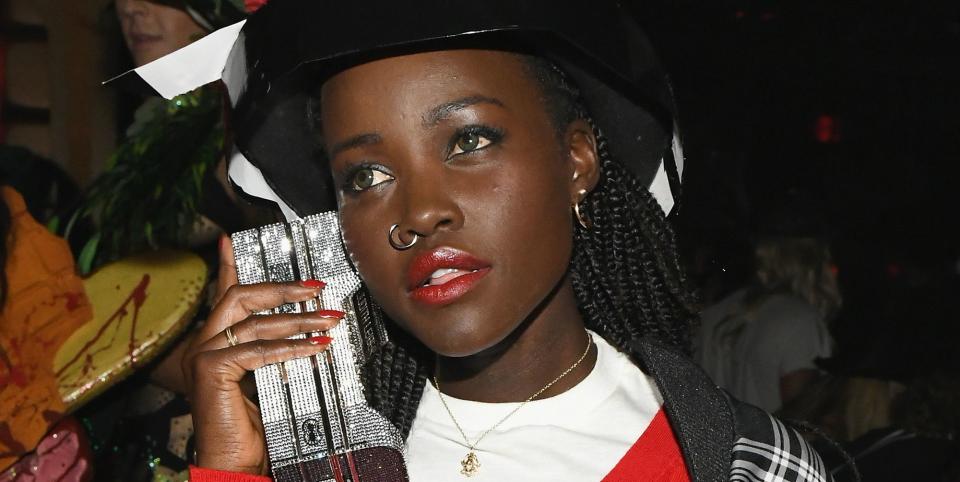
If you have the growing sense that Halloween is not quite what it used to be in ye olden days, you're forgiven.
Those of us who grew up in the UK will have fond memories of going door-to-door on October 31 in the hope of acquiring sweets over satsumas, becoming a dab hand at carving wonky faces into a pumpkin and recreating the best Halloween make-up looks from Instagram.
However, for decades many of us were under the impression that Halloween was a predominantly American tradition, thanks to their OTT dedication to Trick-or-Treat, spooky decorations and All Hallows Eve parties (hello, Mean Girls).
In fact, the history and origin of Halloween doesn't actually belong to our American friends, rather they're a mish-mash of European traditions, originating in the Celtic fringes of Britain, and later adopted (and adapted) by the Christians and Pagans.
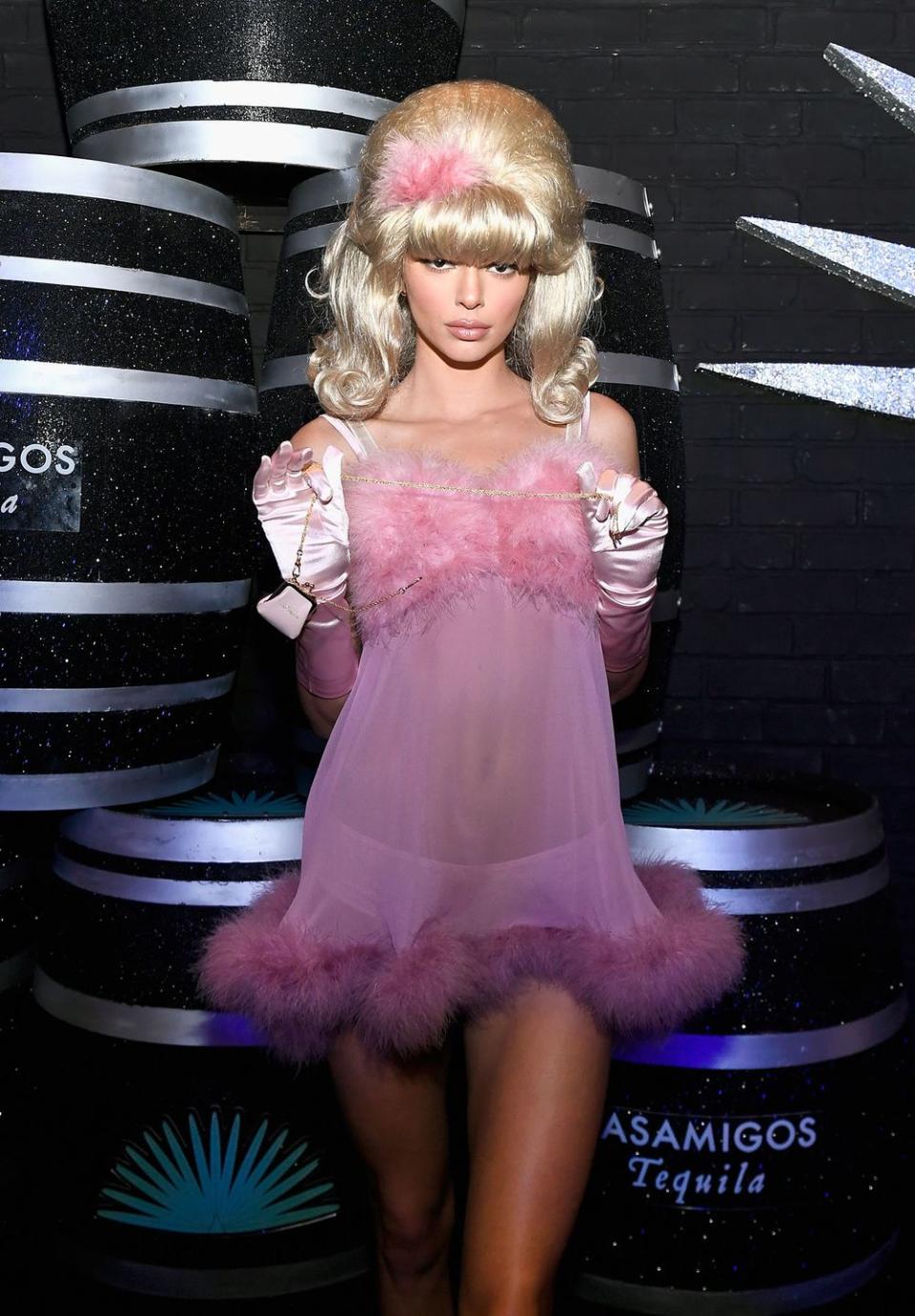
Ahead of Halloween, here's everything you need to know about when and why All Hallows' Eve began:
Pagan Traditions
Under the Pagan tradition of Samhain, 'Summer's End', Gaels believed that the end of the Harvest opened a portal between the living and the dead, and that the change of the season was caused by ghosts and ghouls damaging the crops. A similar tradition, in the form of a prayer service known as Yizkor made in memory of the dead, is upheld around the Jewish holiday of Yom Kippur, which usually takes place in October.
Many Gaels dressed up as souls of the dead in order to protect themselves, believing that if any ghosts crossed over to the living world, they would bypass places that a ghostly figure was already stalking.
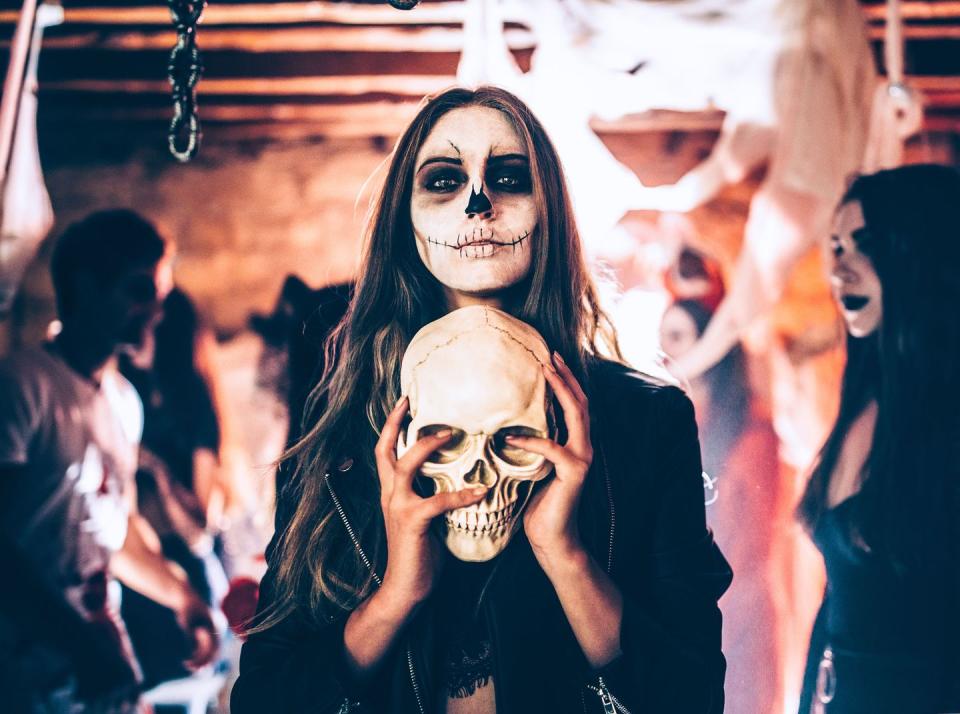
Roman Tradition
In the first century, the Roman Empire had conquered Britain and much of Europe. Over their 400 year rule, their own holidays were combined with Samhain.
As a result, there evolved a day called Feralia, in late October, to celebrate the dead, while Pomona became a holiday to honour the Roman Goddess of fruit and trees. Pomona was symbolised with an apple and some people speculate this is where the origin of apple-bobbing came from.
However, others believe the bobbing for apples tradition came from the Christians as a light-hearted way of telling the future. Some say that apples previously represented a woman's potential romantic partner, and whichever apple a woman bit into would represent her future life partner... Think of it like the old version of Bumble, but a bit more splashy.
Christian Tradition
The Christian contribution to Halloween started out as a celebration of the feast of All Hallows, which can be dated way back to the 8th Century and was seen as an attempt to stamp out pagan celebrations.
Pope Gregory III decided that November 1 would be known as All Saints' Day, also known as All Hallows' Day – a time to pay tribute to saints and martyrs of the church that had passed. The night before therefore became known as All Hallows' Eve. The word 'Halloween' itself means 'hallowed evening'.
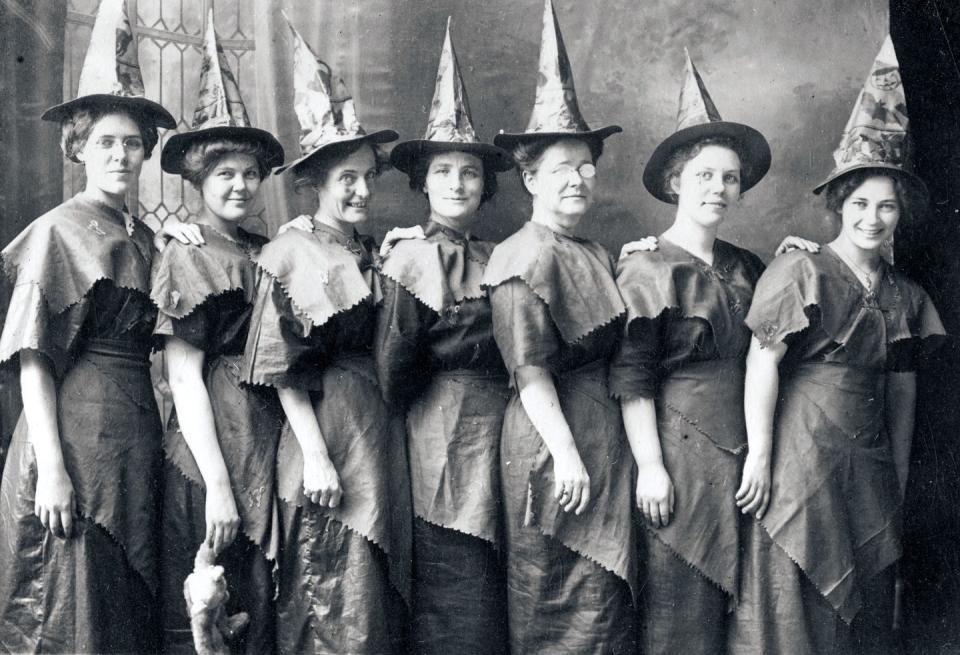
All Hallows' Eve incorporated much of the Samhain traditions, yet with a new Christian twist.
People would pray for souls who had not yet reached heaven, and the poor would beg for 'soul cakes' in exchange for praying for the souls of relatives, later adopted by children and becoming known as Trick-or-Treating. Soul cakes were originally part of another holiday called All Souls' Day holiday on November 2, but was later incorporated into All Hallows Eve practices.
Why do we celebrate Halloween?
Over time, All Hallows' Eve evolved into Halloween, complete with the costumes from Samhain, apple-bobbing from Pomona and the Trick-or-Treating from All Hallows' Eve.
The first European Americans brought the historical tradition of Halloween over to the US on the Mayflower, though it was the large immigrant arrival of the Irish in the middle of the 19th Century that really bolstered the celebrations.
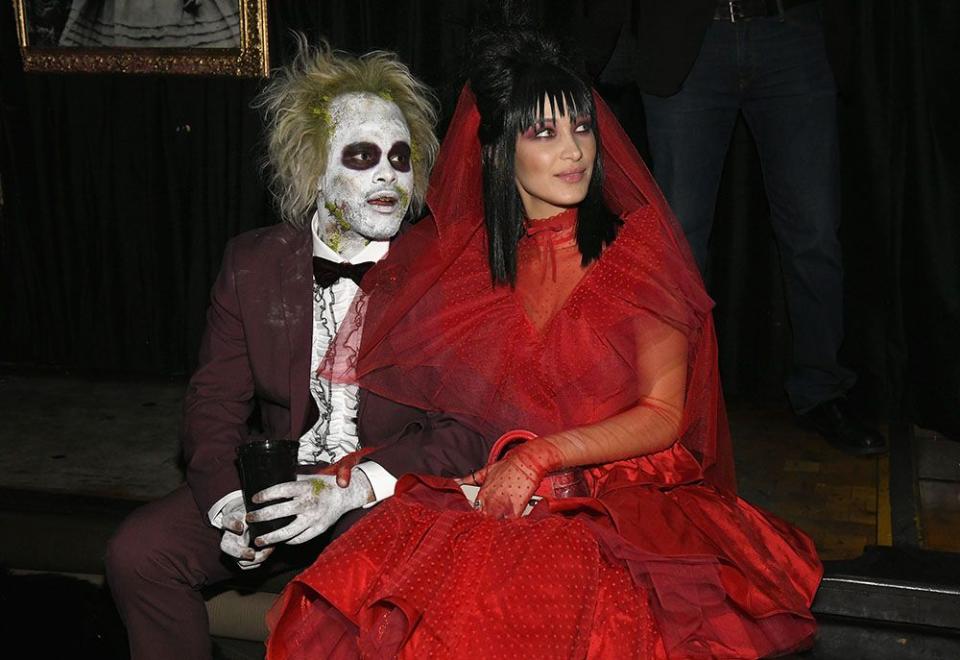
In the 20th Century our friends over the pond redoubled their efforts to make Halloween a community-based holiday and were estimated to have spent $8.8 bn on the celebrations prior to the pandemic.
That might explain then why ketchup-based wounds have since been replaced with the most Instagram-worthy of make-up looks and your standard Jack-o-Lantern is now a work of art.
You Might Also Like

